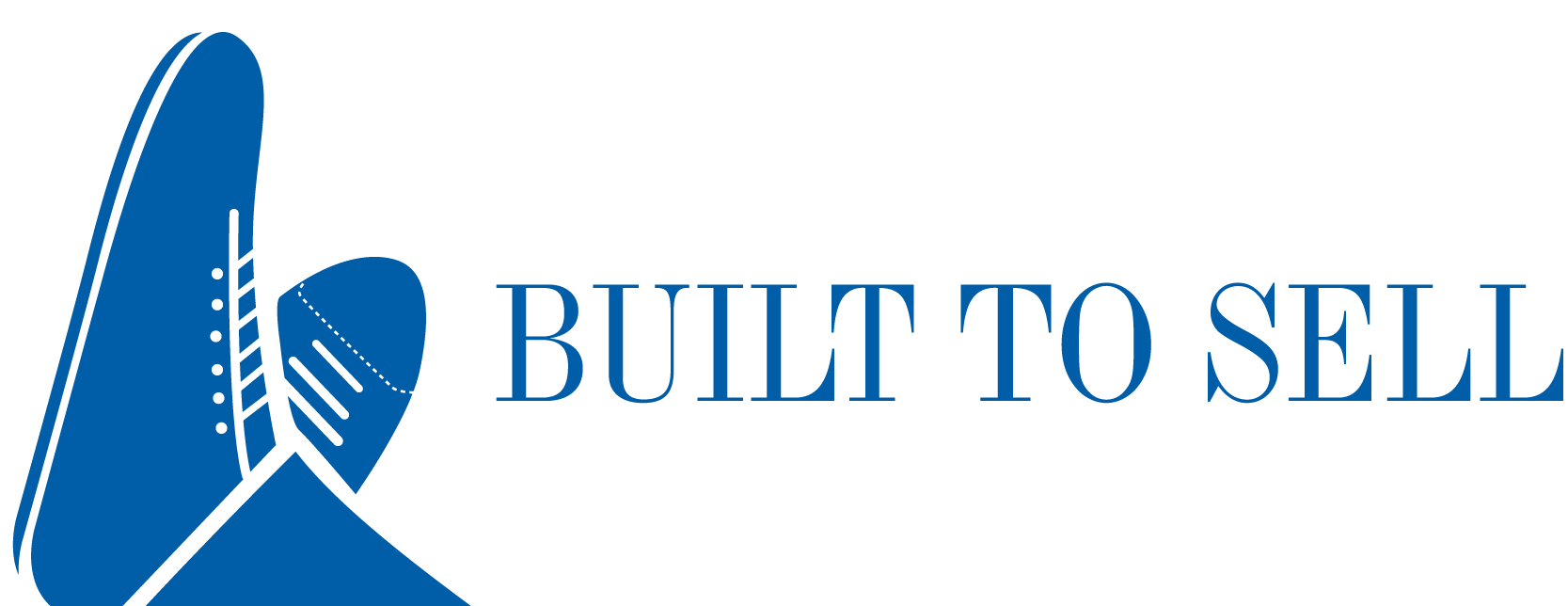About this episode
Buying a business in 48 hours is a risky move, but Carl Allen did exactly that and turned his purchase around for a tidy sale in just three years.
Carl Allen is a U.K.-based turnaround artist. He buys relatively unloved businesses, makes them better, and sells them for a profit.
When you’re in the turnaround game, you get a lot of weird phone calls, but none quite as odd as the one Allen received in 2013. A business owner had heard Allen was looking to buy a precision engineering business, and the owner had one to sell.
The only catch? Allen had to decide in 48 hours.
Two days later, Allen found himself the proud owner of a small company that made custom parts for high-performance motorcycles which he had purchased for just £1. He immediately set to work making the business more valuable and just three years later, sold it for almost £3 million.
In this episode, you’ll learn:
- How to buy a business for pennies on the dollar (or pounds)
- How to get an acquirer to buy your shares not assets
- How to use forecasting to boost the value of your business in the eyes of an acquirer
- How Pareto’s Law can maximize the value of your business
- Allen’s formula for finding a business to buy
One of Allen’s first value-building moves was to narrow his company’s product offerings from 113 components to 18 without dramatically reducing revenue. Finding your most scalable products is the goal of The Scalability Finder, Module 2 of The Value Builder System™. Get started for free right now by completing Module 1.
Check out our article on Want To Jack Up Your Company’s Value?

About Our Guest
Carl Allen is an entrepreneur, investor, and corporate dealmaker who has worked on transactions worth over $50 billion, which includes over 250 acquisitions and sales, together with more than 100 capital fund raising projects. In a 24-year career, Allen has analysed thousands of businesses, big and small, in 17 different countries and across nearly every business sector, including technology, pharmaceuticals, transport and logistics, engineering, manufacturing, aerospace, consumer goods and services, business services, retail, professional services, finance, packaging, and corporate clothing.


